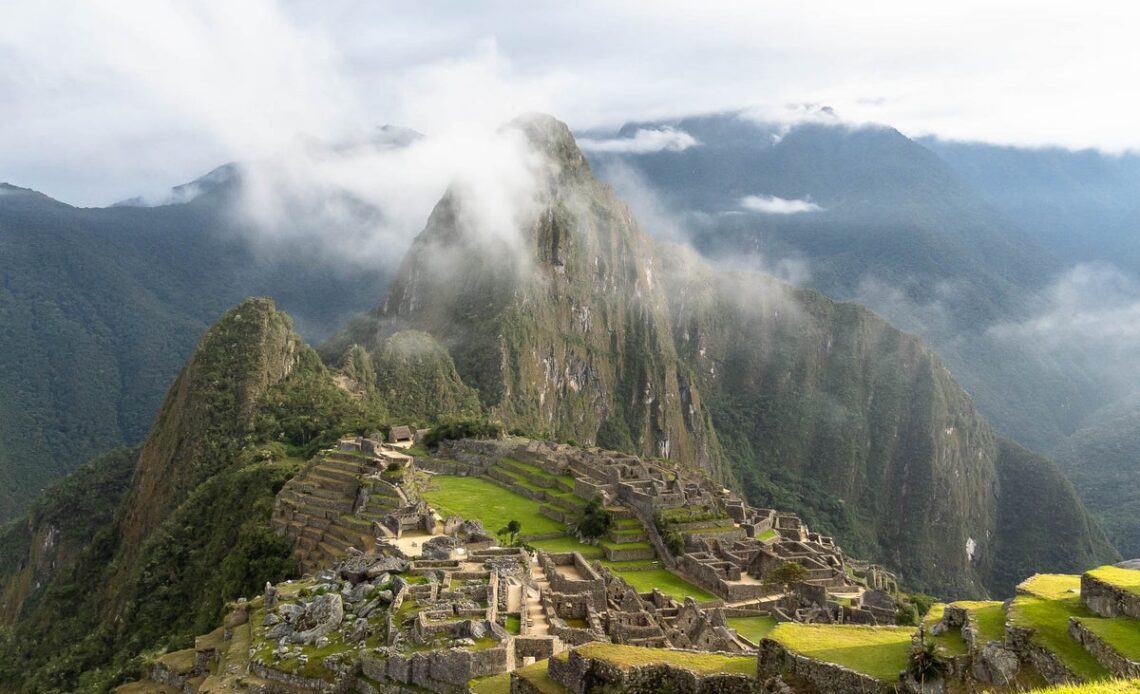“Here in the Andes we believe in reciprocity,” my guide Isao tells me, handing out coca leaves and instructing me to hold the dry stalks together, creating a fan of brittle green from my fingertips. Until this moment, I’ve chewed them and infused them in tea for soroche – altitude sickness. Now at the Salkantay Pass, we’re a heady 4,620 metres above sea level, just 200 metres shy of the summit of Switzerland’s Mont Blanc.
To ask for safe passage on this trek, I place the coca leaves on the rocks at my feet. It’s an offering to the gods (known as Apus) who, according to Andean beliefs, inhabit these mountains, including the snow-clothed 6,271-metre Nevado Salkantay, in whose long shadow I stand.
This talk of reciprocity isn’t just a trendy buzzword in this part of the Andes. It’s an integral part of the contract between humans and the environment – something we might instead refer to as “sustainability” elsewhere on the planet – that has existed here for millennia.
I’m trekking the Salkantay Trail, a four-day, 64km hike that scrambles between lofty Andean mountain passes in the Vilcabamba range, spitting distance from the former capital of the Inca Empire, Cusco. From the pass, the trail plunges into yawning river valleys blanketed with bottle green cloud forest to reach Aguas Calientes, the town beneath the remarkable Inca citadel of Machu Picchu.
Though I spent seven months living in Cusco a few years back, I’d never set foot in Machu Picchu. Instead I focused on immersing myself in the local scene, reluctant to add my footprints to those of the 25,000 hikers clattering along the Inca trail each year.
This mountaintop city’s battles with tourism and sustainability have been widely publicised. In 2017, Unesco threatened to list Machu Picchu on its heritage sites in danger, while a controversial new international airport proposed in nearby Chinchero is due for completion in 2025, with big implications for overtourism.
Larger than Cusco’s existing airport, it’ll make it possible for flights from as far away as Europe to bypass Lima and Cusco and land directly on Machu Picchu’s doorstep. Critics are concerned about the environmental impact that a dramatically larger influx of visitors could bring.
In 2017, Unesco threatened to list Machu Picchu on its heritage sites in danger, while a controversial new international airport is due for completion in 2025
As a visitor, I’m…
Click Here to Read the Full Original Article at The Independent Travel…
